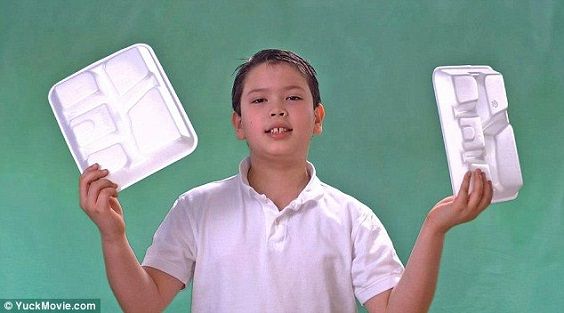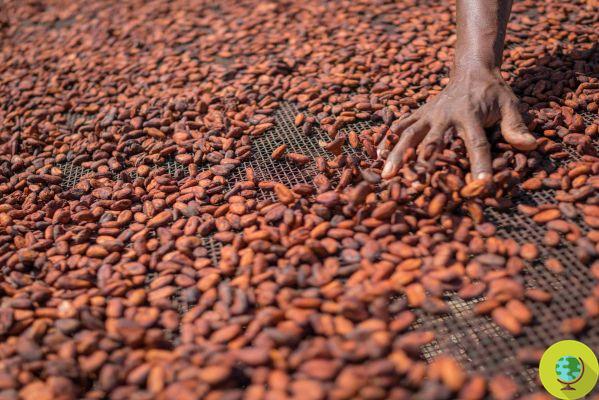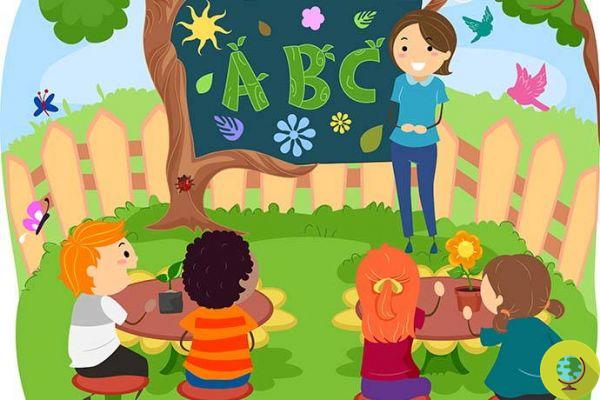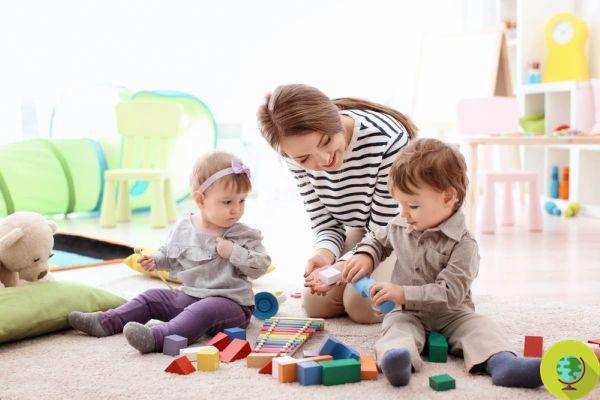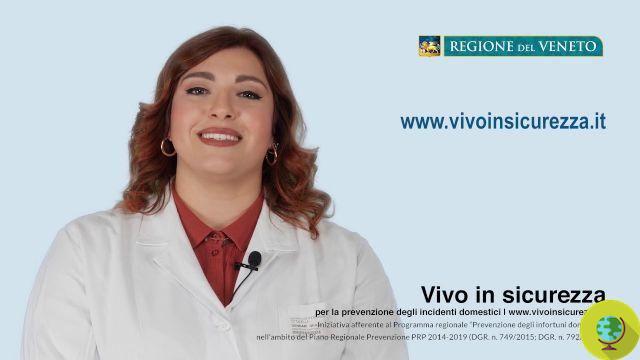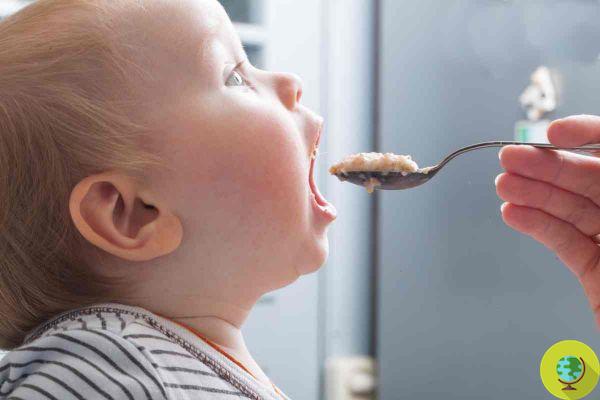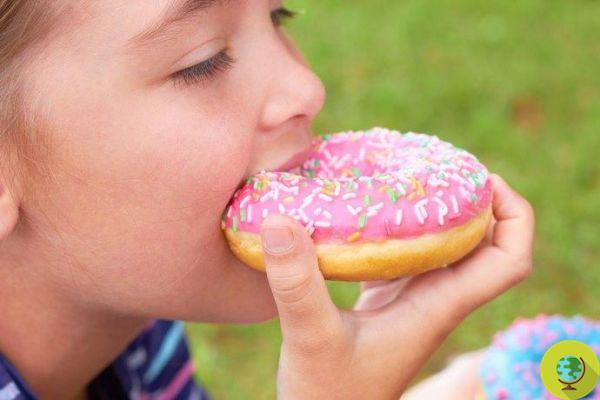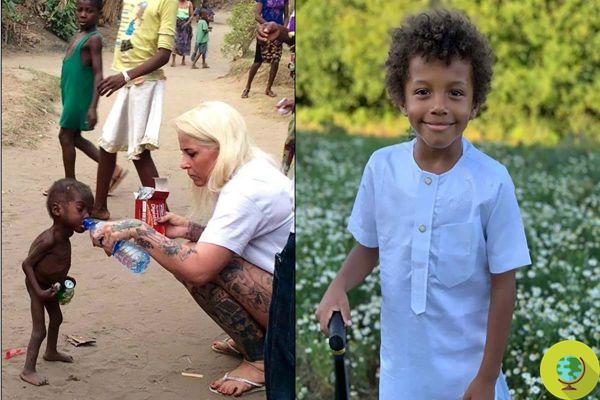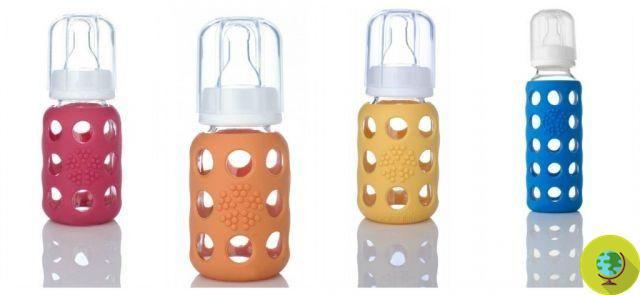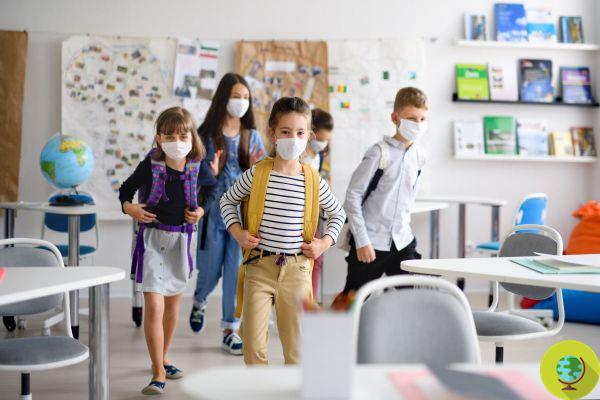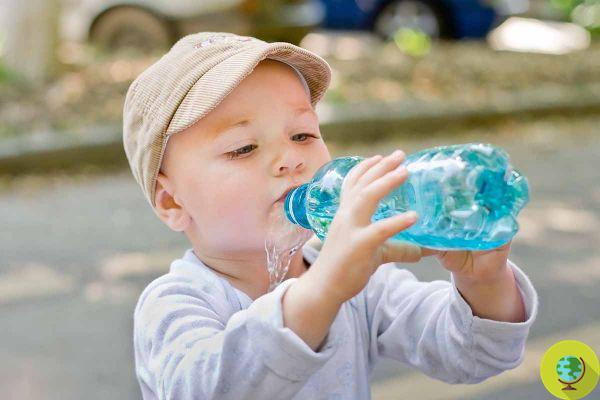
These chemicals are used extensively in common consumer products because they increase the durability or texture of the plastic. But in babies exposed to phthalates there would be a greater risk of cancer associated with exposure in infancy and not in utero.
Don't store avocado like this: it's dangerous
Phthalates, chemicals found virtually everywhere also known as plasticizers, are linked to an increased risk of childhood cancer, according to a new study. Just a few weeks ago, another analysis showed how phthalates in plastics and food additives destroy children's own endocrine systems.
Now researchers from the University of Vermont Cancer Center have measured gestational and infant exposures to phthalates and compared them with childhood cancers. In total, the researchers studied 1.278.685 children born between 1997 and 2017 and 2.027 childhood cancer cases, using data from the Danish Medical Birth Registry, the Danish Medicines Agency and the Danish Cancer Registry.
Well, according to the results - published in the Journal of the National Cancer Institute - of the analysis of childhood cancer cases observed in the sample, exposure during infancy, but not during gestation (in utero), increases by about 20% the risk of developing some form of cancer by age 19. The increased risk is high for osteosarcoma (nearly three times higher) and lymphoma (twice as high). The researchers warn that despite this increase, the absolute risk of the disease still remains low.
These findings add to a growing body of evidence to suggest that these ubiquitous chemicals have a negative impact on human health, says lead author Thomas Ahern, an associate professor at the University of Vermont's Larner College of Medicine. Our study characterized exposure to phthalates according to prescription fillings for medications containing phthalates. Although such exposures are typically much higher than what we would call 'background' environmental exposure, our results justify all sorts of concerns.
The CDC notes that phthalates are present in hundreds of consumer products, from soaps and shampoos to vinyl floors. They are also found in plastic packaging and can also be inhaled or ingested or even absorbed through the skin. More and more research, including this new study, is showing that there could be serious risks to human health with increased exposure to phthalates.
Although more studies are needed, exposure to phthalates has been linked to thyroid, breast and other solid cancers, says Frances Carr of Larner College of Medicine. Phthalates, like other plasticizers such as bisphenol A (BPA), are ubiquitous in the environment; age of exposure, as well as chronic low-dose exposures, are significant risk factors for adverse health effects.
Follow your Telegram | Instagram | Facebook | TikTok | Youtube
Fonte: Journal of the National Cancer Institute
Read also:
- Phthalates in shelled walnuts: the test that will make you want to buy them whole, not just at Christmas
- Thus, exposure of pregnant women to phthalates slows down the cognitive abilities of their babies
- Phthalates damage children's brains and must be banned immediately. The alarm in a new studio
- Phthalates: Exposure during pregnancy can cause serious problems for babies
- Bisphenols and phthalates in the urine of almost half of the children analyzed: the scary Swiss study
- Not only bisophenol, the list of the most dangerous endocrine disruptors in products that you do not expect
- Not just bisphenol and phthalates: plastic contains 140 harmful substances and is a threat to human health







